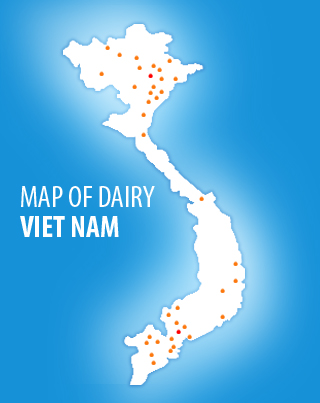Health and Welfare
Stage Two of Successfully Implementing Animal Monitoring System – Part 2 of 3

Operationally, the benchmarks for attaining Basic User level are:
-
About 80% of inseminations are based solely on system heat detection, and
-
Only cows flagged by the monitoring system are checked and treated for health issues, all other cows are left alone.
The next step is improving cow wellbeing.
Cows thrive in a consistent routine. Deviations from their routine are a source of stress that may negatively affect their production levels. Though every farm has a constant daily schedule for milking, feeding time and all other daily interactions, this schedule is not always adhered to and is difficult to monitor in real life.
Another aspect of cow wellbeing that can be addressed using electronic animal monitoring is the further reduction of human-cow interactions.
Group behavior patterns provide insight into the consistency of the cows’ daily routine and potential cow stress points.
The Group Routine graph compares the percent of cows ruminating in real-time (purple line) to their two-week average (gray line) along with the variation in the percent of cows ruminating (white area) over a 24-hour period.
The example above highlights several deviations from a consistent daily routine.
First, it appears that the morning milking shift start and end times (green arrow) have varied by as much as two hours within the past two weeks.
Second, the variation in rumination immediately following morning milking (red arrow) is high, indicating a disturbance to the daily routine between morning and afternoon milking shifts.
One of the most consistent things we see across all herds is that cows ruminate more at night (highlighted in this graph by the red bars). It is obvious that cows are more comfortable when people are not present. The two periods in the night (circled in blue) where rumination drops below the average could mean there is a disturbance or feed is being pushed up not according to the normal routine.
Armed with this knowledge, one can head out to the barn to observe and understand the specific reasons for cow stress. The chosen solution can be monitored for effectiveness and continuously tweaked to obtain the best results.
Monitoring other cow behaviors at the pen level (activity, eating time, respiration rates) is effective in exposing stressors and inconsistencies in feed preparation and distribution, heat abatement protocols and other management-cow interfaces.
Percent of pen ruminating (purple), eating (green) and showing heavy respiration rate (red) over 24-hour period.
Most monitoring system users are surprised to see how sensitive cows are. They know that a consistent daily routine is important, but never realized the actual effect of an inconsistent routine on the cows. As the dairy’s operational procedures and facilities are adjusted with reduced cow stress in mind, improved performance is soon to follow.
Cows know what they do and do not like. Just listen to them!
















